Since Google I/O 2018 finished, we’ve munched through all the keynotes, dozens of session videos, and reams of posts to get you the gist: what are must-have Android P features for app owners to supercharge their Android apps and get more users? There’s a lot to cover, so let’s dive right in.
Read on to learn about:
- App Actions
- Slices
- Android App Bundle
- Indoor Navigation
- Notifications
- Adaptive Battery
- ML and AR in Android Apps
- How to Upgrade Your Apps
Reading Time: ~7 min
App Actions
With its next version of the Android OS — Android P — Google is betting a lot on AI. App Actions are one of the venues for AI to simplify and streamline the user experience on Android. They are essentially deep links into apps that allow the user not only to open an app from a relevant context but also immediately perform a specific action inside the app.
After updating your app to support Android P, you will be able to take your app apart, down to a set of meaningful actions that Google’s AI will surface for the user throughout the system in:
- Google Launcher,
- Google Play Store,
- Smart Text Selection,
- Google Assistant,
- Google Search.
Google’s long-term goal is, of course, to make these actions available wherever Google Assistant is available.
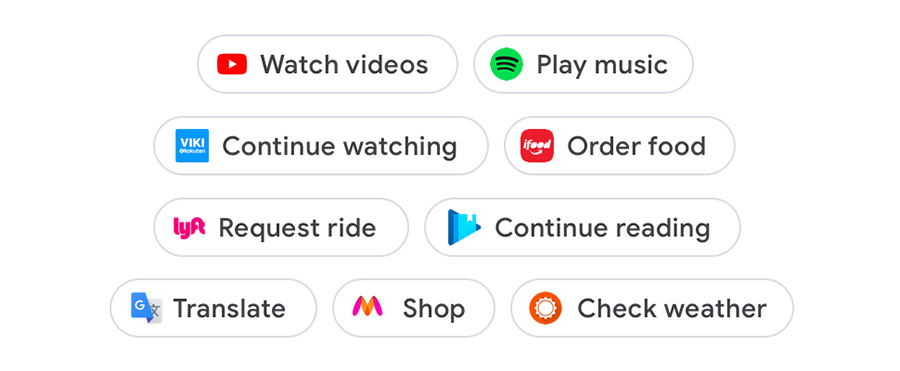
App Actions will let users quickly carry out specific tasks in an app. For instance, users can open the Fandango app and immediately buy tickets for a movie they’ve just searched for, or they can highlight a name of an artist, let’s say on a web page, and get a suggested action in the text menu: listen to an artist’s album in Spotify.
Of course, actions appear only for the apps that are currently installed on the device. If you think of it, actions are perfect for re-engaging with users that have stopped using your app.
It well may be the case that when users see a specific action from your app, it will be a moment of revelation because they haven’t noticed your app can do that before.
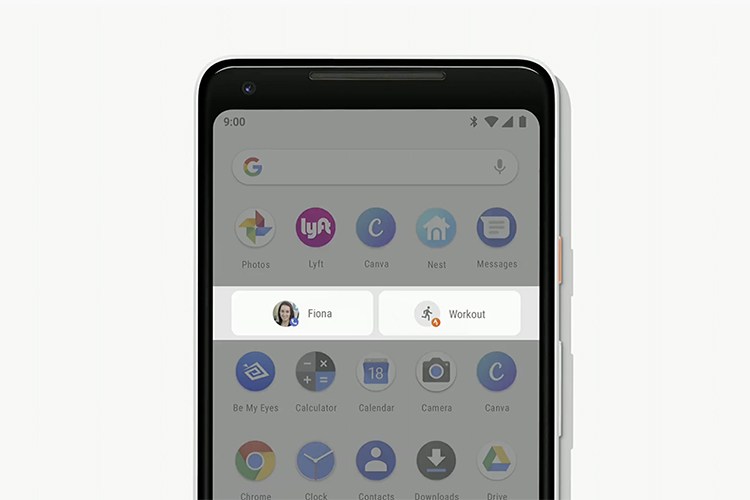
During Google I/O session dedicated to Actions, Google’s employee referenced the research by Android Authority that revealed seventy-seven percent of users didn’t use an app again after three days of installing it. So implementing Actions should be a no-brainer. They are yet another chance for the user to rediscover your app.
Besides, AI will let users add your App Actions to their daily routines, based on Google’s machine learning algorithms. Google claims their AI will surface your App Actions in the most relevant context, e.g., when the user has plugged in headphones, he might get a suggestion to continue listening to music in your app. From what we’ve gathered, the context will be defined by:
- Search queries,
- Location,
- Connected devices.
Slices
Slices are just what they sound like — they are slices of your app’s UI that are presented elsewhere, outside of your app. Google calls them “UI templates” that mobile developers use to show snippets of their apps in different contexts: third-party apps, the Google Search app, etc.
Once Android P rolls out, Slices will become available in the Google Search app, and later this year, in Google Assistant as well. You can think of Slices as a logical continuation of App Actions, where your app’s content becomes available for the user to interact with, outside of your mobile app.
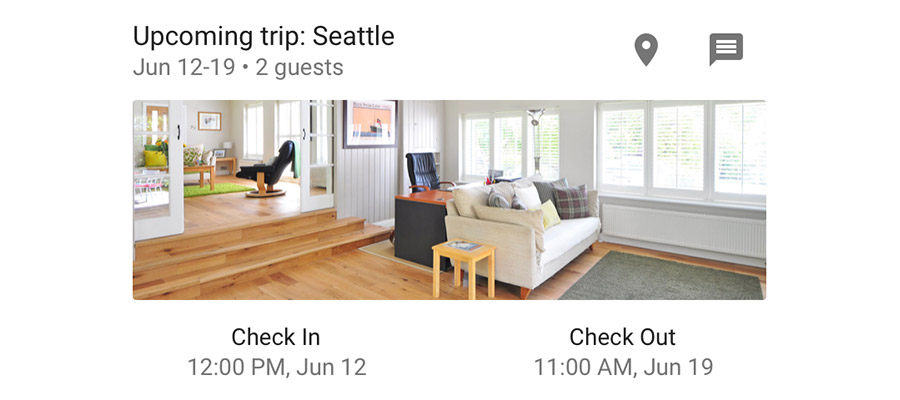
The focus here is on the interactivity of content provided in Slices. Google says that its templates will satisfy even the most demanding apps. According to the company, Slices will be flexible and will support dynamic content with:
- Live data;
- Interactive toggles, switches;
- Videos, audio, and images, etc.
Even though Slices will initially appear only in Google Search, the end-point is to make them available across a multitude of other Google experiences and provide Android developers with a way to integrate slices from third-party apps.
So it makes a lot of sense to identify the most crucial area of your app and make it available as a Slice for users.
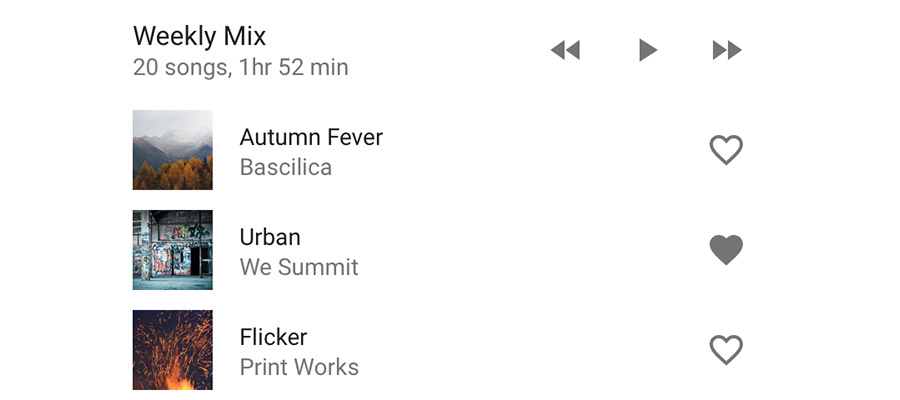
It’s worth to mention that when Slices come out, they will work for all users on most Android OS versions: all the way back to Android KitKat.
Google also provides mobile developers with a tool for previewing slices — Slice Viewer where you can preview how slices look like and optimize their elements:
- Buttons, toggles, sliders;
- Title, subtitle, summary subtitle;
- Primary actions;
- Rows and grids.
As you can see, Slices and Actions are Google’s approach to remote UI. Make sure your apps support App Actions and Slices to be able to serve content from your apps or help users solve their everyday tasks with your apps wherever they are.
Android App Bundle
Android apps are becoming larger because they need to include all languages for locales that the app targets, graphic resources for various screens, and any device-specific architectures.
Multiple reports show that the bigger the size of the app, the fewer downloads it gets. Therefore it’s vital to optimize the APK file that users download from Google Play.
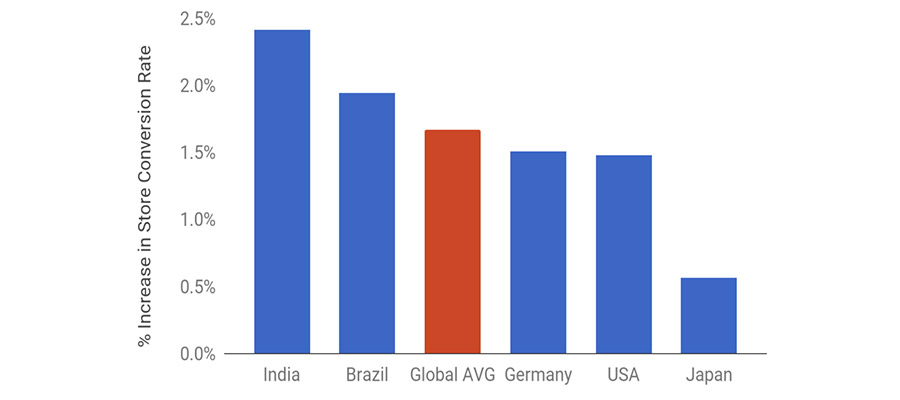
Source: Medium
Google’s solution is a new way to build apps. This option comes out-of-the-box with the latest version of Android Studio and allows you to create an app bundle instead of an APK.
With an app bundle, Google Play will be sending to users an optimized version of your app that includes only specific language, a set of graphics and architecture optimized for a particular smartphone.
Opt for the App Bundle feature when building your app to make the size of your app smaller, which will in turn increase downloads. There is no need to refactor the code or implement any new APIs: the feature comes as an additional option to build the app in Android Studio.
Indoor Navigation
Starting with Android P, the platform will support a particular Wi-Fi protocol that allows for accurate measurement of the distance between an access point and a smartphone or tablet — the so-called Wi-Fi Round-Trip-Time protocol or Wi-Fi RTT.
It means that mobile developers can add in-door navigation to their apps, and the promised accuracy will be one to two meters.
Of course, the option will work only on newer models of smartphones that have hardware support for Wi-Fi RTT.
It seems like a must-have option for any mall or trade center apps. It’s also an indispensable feature for smart homes and smart offices where users will be able to issue disambiguated voice commands like “Turn on this light”, etc.
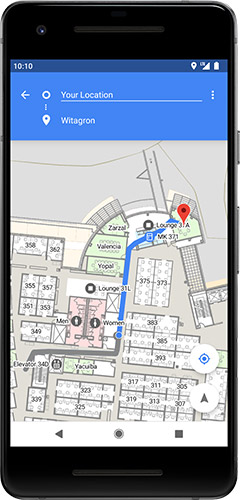
Notifications
According to Google, messaging notifications best describe how notifications should work. So, unsurprisingly, the two improvements for notifications in Android P are:
- Support for avatars and images in messaging notifications,
- Support for instant ready answers in messaging notifications.
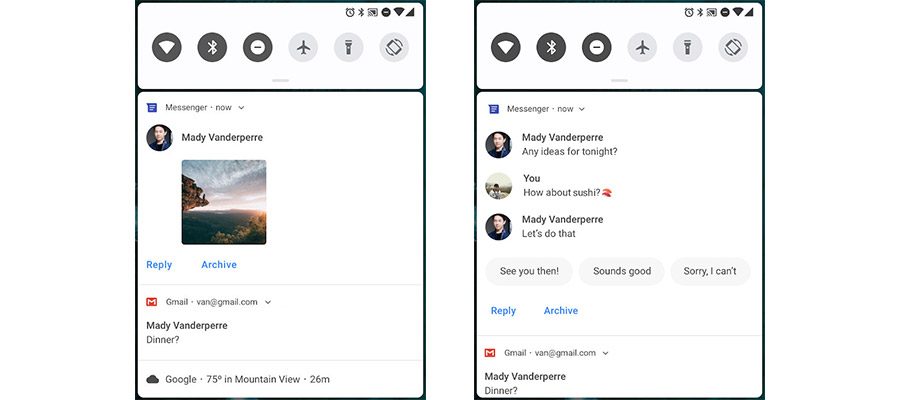
Adaptive Battery
Battery life is still the number one concern for most smartphone users. To address that, Google did their best to optimize how the system uses phone’s juices in the Android P update. The company partnered with machine learning experts at DeepMind to work on the Adaptive Battery feature.
Adaptive Battery works off ranging algorithms that arrange all running apps between four “App Standby buckets”: from “rare” to “active”. The system resources, including power, are distributed between apps in the buckets accordingly — the apps that users care most about get more juice.
Google recommends that you test your app‘s performance in all four buckets to make sure it’s functioning appropriately.
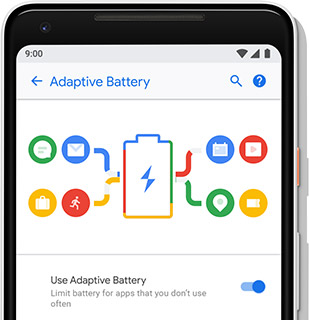
ML and AR
Google’s Machine Learning Kit provides access to five out-of-the-box APIs:
- Text recognition,
- Image labeling,
- Barcode scanning,
- Face detection,
- Landmark recognition.
With the ML Kit, mobile developers can offer their app users experience similar to smart replies in Gmail or text recognition in Google Translate. Google assures that all processing takes place on-device, so no data need to leave for the cloud.
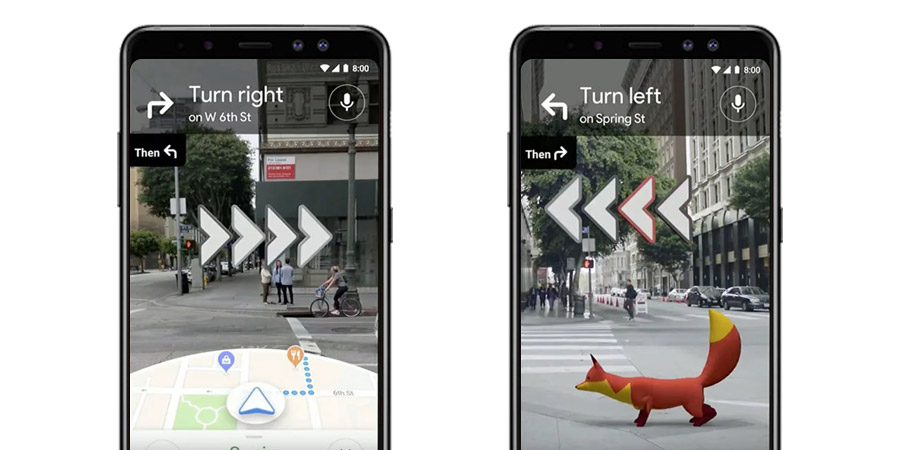
As for Augmented Reality, Google came up with shared AR experience: several users of your app can share their AR experience in real time. Another innovation is what they call “augmented images” — when a real-life object ignites AR capabilities of an app.
Upgrade Your App to Android P
As you can see, there are tons of improvements that your app can benefit from in Android P.
Top of your list should be Adaptive Battery and App Bundle features since they massively influence user experience.
Then some attention should be paid to App Actions and Slices if you want to provide more ways for your users to re-engage with your app in new contexts. Of course, there are many other minor enhancements to your app that are available in Android P that you can read about in this Google’s post.
Get in touch if you want a free audit on how to supercharge your Android app and make it more attractive to users.






























